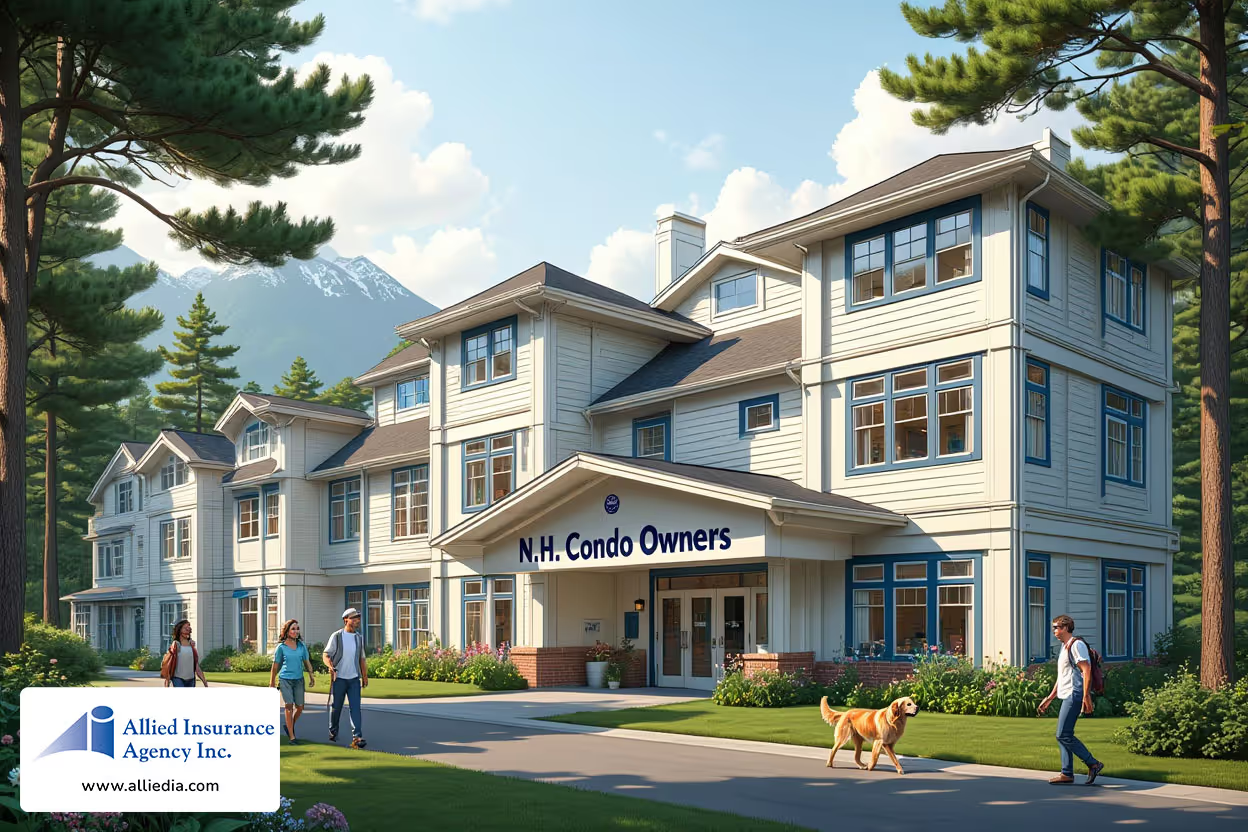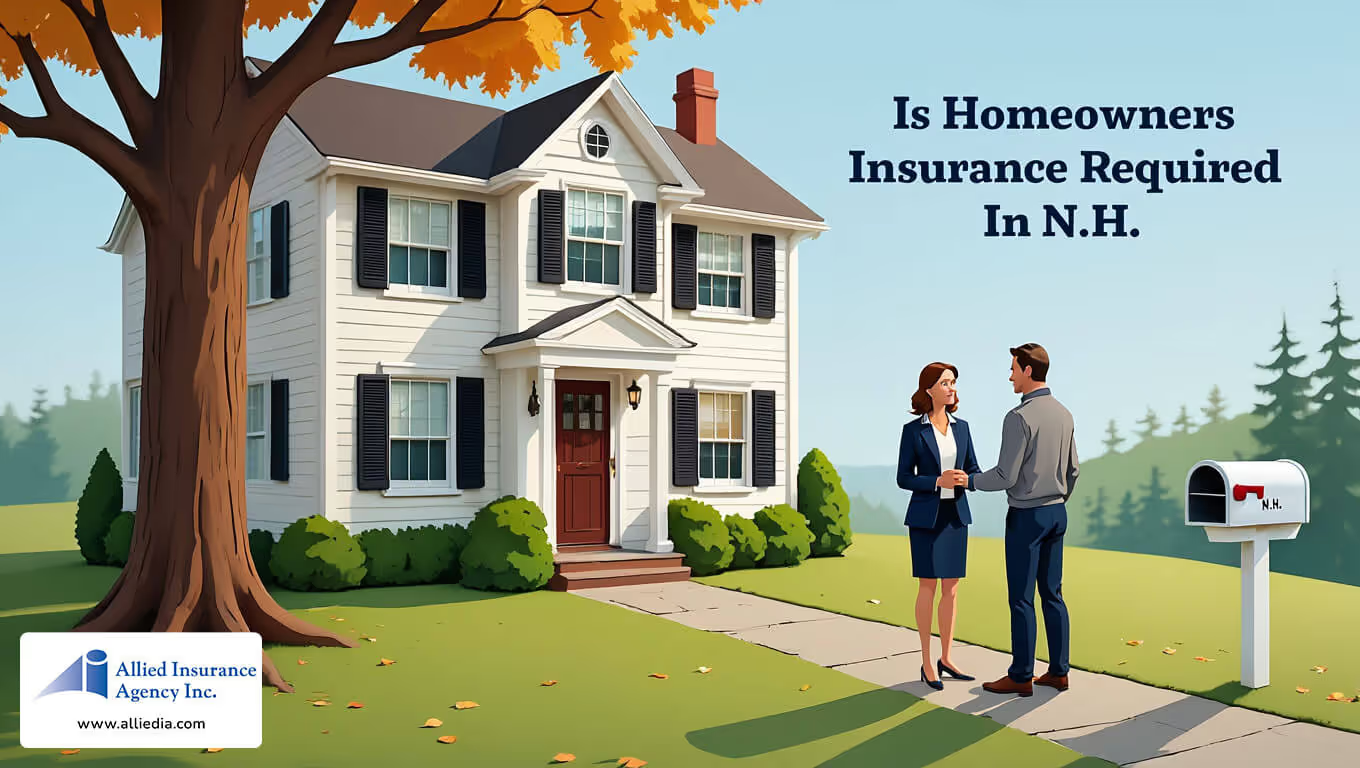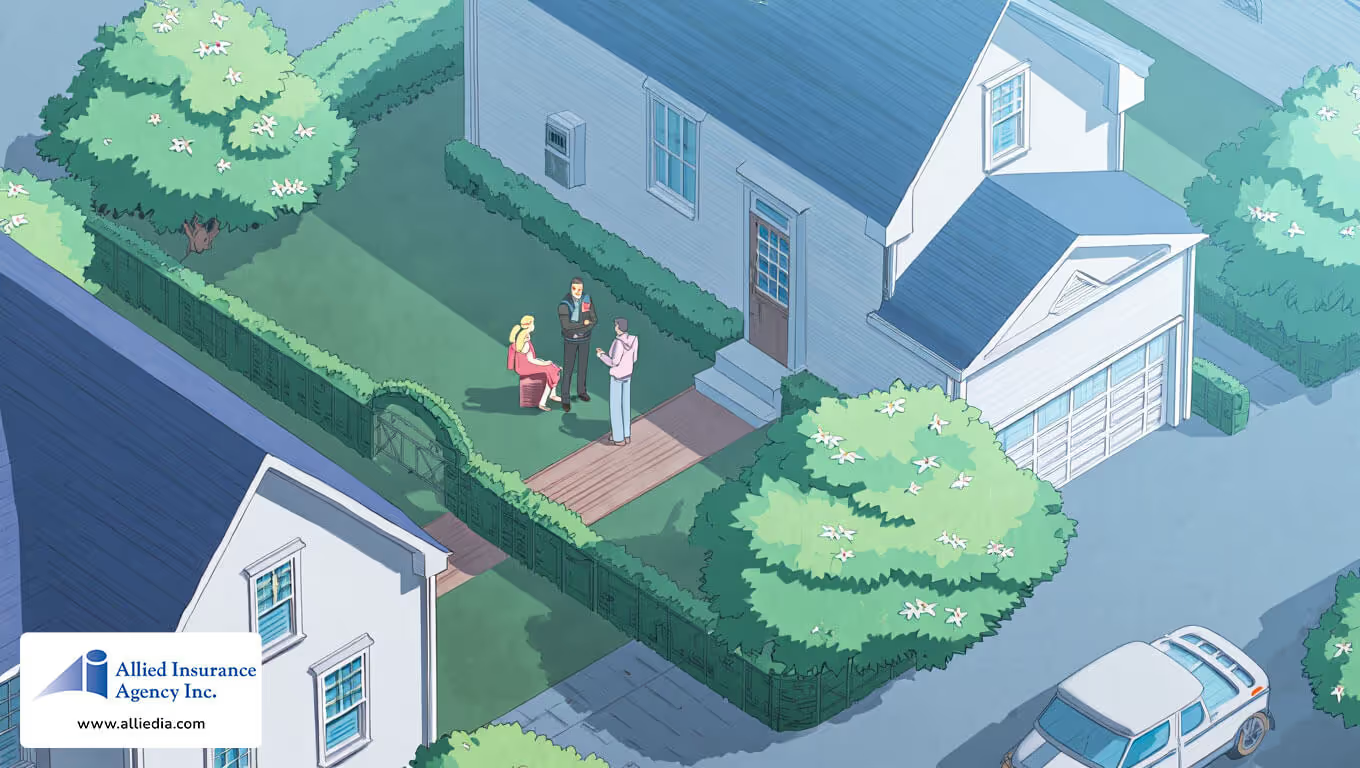
How Wildfire and Storm Damage Affect New Hampshire Home Insurance Rates
Have you ever wondered why your homeowners premiums keep climbing? The answer lies in the increasing frequency of extreme weather events. Across the United States, climate change is amplifying risks, and New Hampshire is no exception.
New Hampshire homeowners face rising premiums as storm‑related damage becomes more frequent. From wind, hail, flooding, to snow and ice, insurers are adjusting rates to reflect higher repair costs and weather volatility. Contact Allied for a N.H. homeowners insurance quote.
In recent years, areas like Concord, Bow, and Hooksett have seen a rise in weather-related challenges. These events are not just inconvenient—they’re costly. From 2021 to 2024, homeowners in the state faced an average annual increase of 24% in their insurance rates.
Understanding these trends is crucial for anyone seeking coverage. This article explores how climate change impacts premiums and what it means for residents in New Hampshire.
Understanding the Impact of Wildfire and Storm Damage on Home Insurance
Extreme weather events are reshaping how property owners think about protection. In New Hampshire, these risks are particularly pronounced due to the state’s unique environmental conditions. From drought cycles to human activity, the triggers for severe events are diverse and impactful.
Overview of Wildfire and Storm Risks in New Hampshire
New Hampshire’s landscape makes it susceptible to specific risks. Drought cycles, combined with human activity, account for 68% of incidents in the state. The National Weather Service’s Red Flag Warning system helps residents prepare for high-risk days, but prevention remains a challenge.
Areas like Concord, Bow, and Hooksett are particularly vulnerable. These communities lie in the wildland-urban interface, where properties are close to fire-prone forests. This proximity increases the likelihood of severe events and complicates protection efforts.
How Insurers Assess Risk in High-Damage Areas
Insurers rely on historical claims data to evaluate risk. Properties in high-risk zones often face premium surcharges. For example, homes near the Merrimack River may require additional flood coverage under the National Flood Insurance Program (NFIP).
Coverage distinctions also play a role. Wind-driven rain is typically covered, while ground-contact water damage is often excluded. Understanding these nuances helps property owners secure adequate protection for their live area.
By analyzing claim frequency, insurers adjust rates not just for individual properties but for entire communities. This approach ensures that premiums reflect the true cost of risk in high-damage areas.
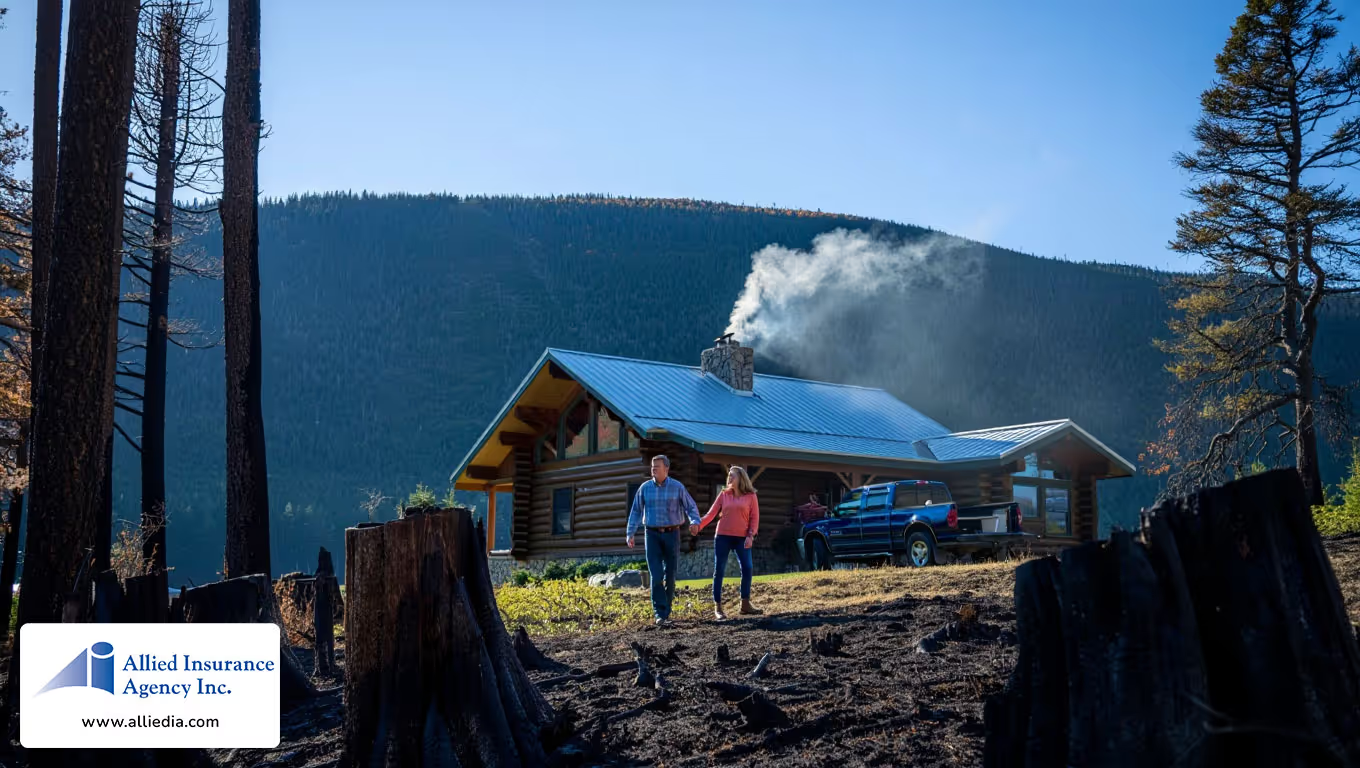
Wildfire Damage and Its Effect on Home Insurance Rates
The rising threat of wildfires is reshaping how residents in New Hampshire secure their properties. Areas like Concord, Bow, and Hooksett face unique challenges due to their proximity to fire-prone forests. These communities are part of the wildland-urban interface, where the risk of severe events is higher.
Specific Risks in Concord, Bow, and Hooksett
Concord’s urban-wildfire interface makes it particularly vulnerable. Homes here are often close to dense forests, increasing the likelihood of fire spreads. Bow’s forested neighborhoods face evacuation challenges during emergencies, while Hooksett’s location in the Merrimack Valley exposes it to rapid fire movements.
Smoke damage is another concern. Porous building materials in these areas can absorb smoke, leading to costly claims. Homes without fire-resistant roofing often see higher rate increases, as insurers view them as higher risk.
How Wildfires Influence Premiums and Coverage
Insurers assess risk based on historical data and mitigation efforts. Properties in high-risk zones may face premium surcharges. For example, homes without fire-resistant features or those in evacuation-prone areas often see significant rate hikes.
Coverage can vary by region. While standard homeowners policies include some protection, additional endorsements may be needed for full protection. Deductibles for wildfire-related claims in New Hampshire are often lower than in western states, but mitigation requirements are strict.
High-value properties may face coverage caps, limiting the amount insurers will pay for damages. Understanding these nuances helps homeowners secure adequate protection and manage costs effectively.
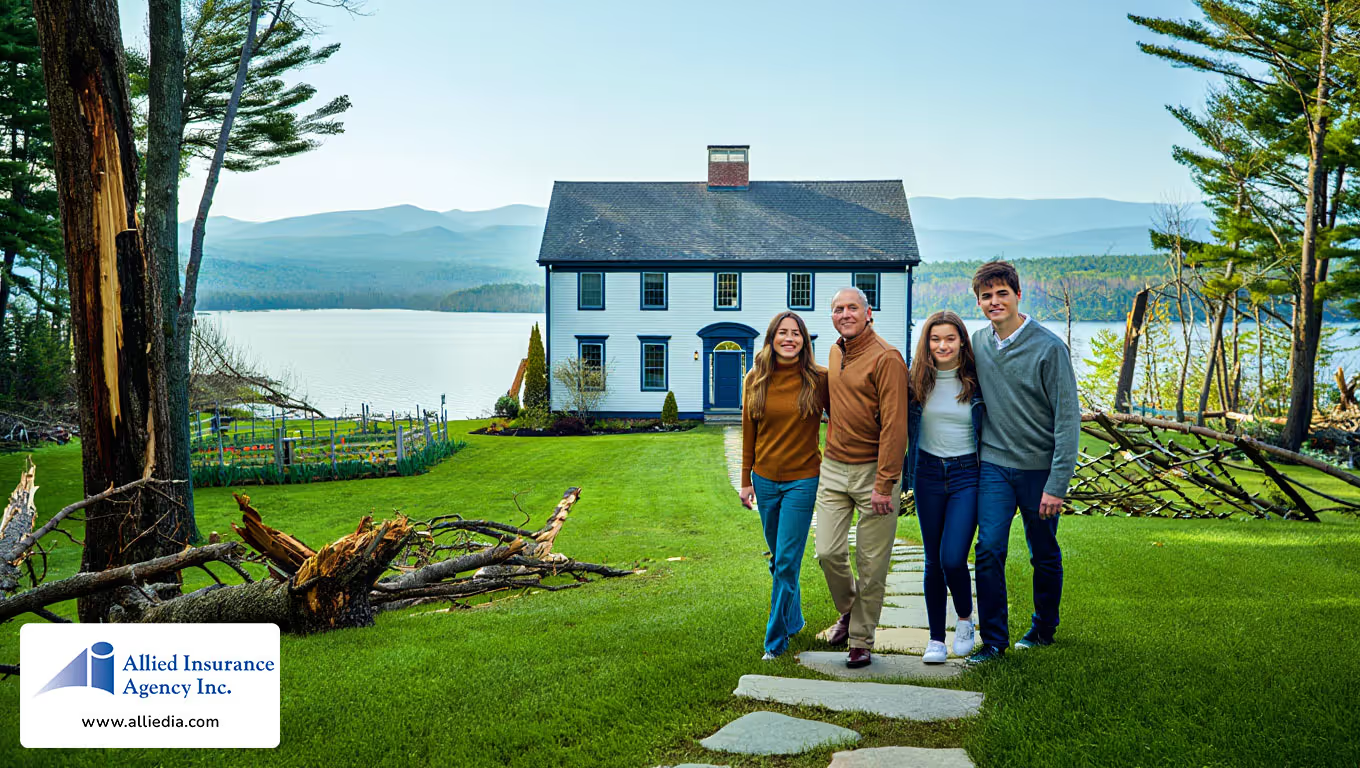
Storm Damage and Its Impact on Home Insurance Policies
Severe weather patterns are reshaping how policies are structured in New Hampshire. From heavy rain to hail, these events can lead to significant financial burdens. Understanding what’s covered and how rates are affected is crucial for property owners.
Types of Storm Damage Covered by Home Insurance
Most policies include protection against common perils like wind-driven rain and lightning. For example, damage from ice dams is often covered, but flash flooding in areas like the White Mountains may require additional flood insurance.
In Manchester, a surge in hail damage claims in 2023 highlighted the importance of understanding coverage limits. Policies typically cover roof repairs, but older roofs in Nashua may face stricter requirements compared to newer ones in Berlin.
- Wind-driven rain: Covered under standard policies.
- Lightning strikes: Included in most plans.
- Ice dams: Often covered, but with limitations.
How Storms Affect Insurance Rates in New Hampshire
After the 2022 Halloween nor’easter, many residents saw rate hikes. Coastal areas like the Seacoast region have specific requirements, including “named storm” deductibles for hurricanes. These deductibles are higher than standard ones, reflecting the increased risk.
In the Lakes Region, stormproofing measures like reinforced windows and roofs are often required to maintain coverage. These requirements aim to reduce claims and keep premiums manageable.
On average, storm-related claims in the state cost around $15,000. Wind and hail damage account for 53% of these claims, making them a significant factor in rate adjustments.
Factors like higher construction and labor costs, more intense storms in riverine or coastal zones, and escalating inflation all push insurers to raise premiums. Your home's age, location, and claim history also influence pricing. Contact Allied Insurance Agency for a N.H. homeowners insurance quote.
Factors That Influence Home Insurance Rates After Wildfire and Storm Damage
Understanding the factors behind rising premiums can help property owners make informed decisions. Geographic location and the frequency of natural disasters are two major elements that insurers consider when setting rates. In New Hampshire, these factors are particularly relevant due to the state’s diverse landscape and weather patterns.
Geographic Location and Risk Assessment
Location plays a critical role in determining premiums. For example, properties in the Monadnock Region face elevation-based risks, while the Winnipesaukee shoreline is prone to erosion. These factors are carefully mapped by insurers to assess vulnerability.
In Dover, claim history significantly impacts rates. Areas with repeated claims often see higher premiums. Similarly, Nashua’s rates are influenced by FEMA flood map updates, which reflect changing risk levels.
Actuarial models are used to evaluate neighborhoods with repeat claims. These models help insurers predict future risks and adjust rates accordingly. Coastal areas, like the Seacoast region, are more vulnerable to hurricanes compared to inland regions.
Frequency and Severity of Natural Disasters
The frequency and severity of natural disasters also drive rate adjustments. Since 2000, there has been a 400% increase in claims related to wildfires. This trend has led to stricter underwriting standards and higher premiums in high-risk zones.
Disaster declarations often trigger rate hikes. For instance, after a major event, insurers may review rates every 24 months in affected areas. This ensures that premiums reflect the latest risk assessments.
Multi-peril discounts are available for properties that implement mitigation measures. These discounts can help offset rising costs while encouraging property owners to reduce risks.
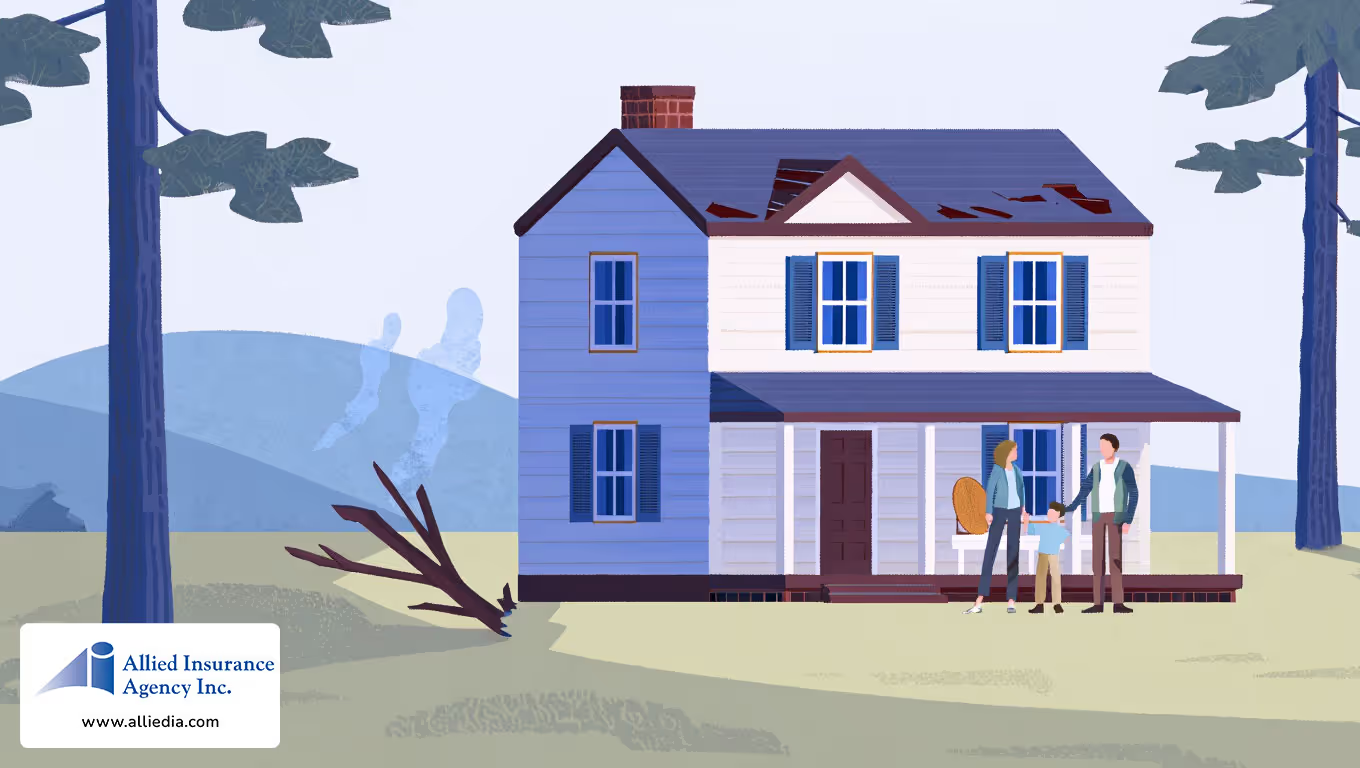
How to Protect Your Home and Manage Insurance Costs
Taking control of your property’s safety can lead to significant savings. In New Hampshire, proactive measures can help reduce risks and keep costs manageable. From fire-resistant upgrades to smart home devices, there are several ways to enhance protection while lowering premiums.
Tips for Reducing Risk and Lowering Premiums
Implementing NH-approved Firewise landscaping techniques can significantly reduce fire risks. These methods include clearing debris and using fire-resistant plants. Homeowners with Class 3 fire-resistant roofs may qualify for up to 25% premium discounts.
State rebates are available for storm-resistant windows, which can protect against severe weather. Smart home devices like leak sensors also offer discounts, as they help prevent water damage.
- Use NH DOI rate comparison tools to find the best policy.
- Review seasonal checklists to adjust coverage as needed.
- Document antique home claims thoroughly to ensure proper valuation of belongings.
Understanding Your Policy and Coverage Options
Annual policy reviews are essential to ensure adequate protection. Homeowners should verify coverage options for vacation homes, as contents limits may vary. Liability gaps for short-term rentals should also be addressed to avoid unexpected costs.
Filing claims within the 90-day deadline is crucial. Proper documentation, including photos and receipts, can streamline the process. By staying informed and proactive, residents can manage their insurance costs effectively.
Conclusion
Protecting your property in New Hampshire requires proactive planning and informed decisions. Residents in Concord, Bow, and Hooksett should prioritize risk mitigation strategies, such as fire-resistant upgrades and regular property maintenance. Annual policy reviews by a local Bow, N.H. insurance agency are essential, especially before storm seasons, to ensure adequate coverage.
Historic properties often require specialized insurance plans to avoid underinsuring. Even in non-mandatory zones, flood insurance is a wise investment. Climate change is expected to impact future rates, making it crucial to stay prepared.
For detailed guidance on managing damage claims, visit this resource. Professional consultations can help tailor policies to your specific needs, ensuring comprehensive protection for your property.
Understanding how storms affect coverage and premiums—plus options like flood endorsements or water‑backup protection—helps Granite State homeowners mitigate surprises. Secure peace of mind and proper coverage today. Contact Allied for a N.H. homeowners insurance quote.

